Nationality African American | Gender Male | |
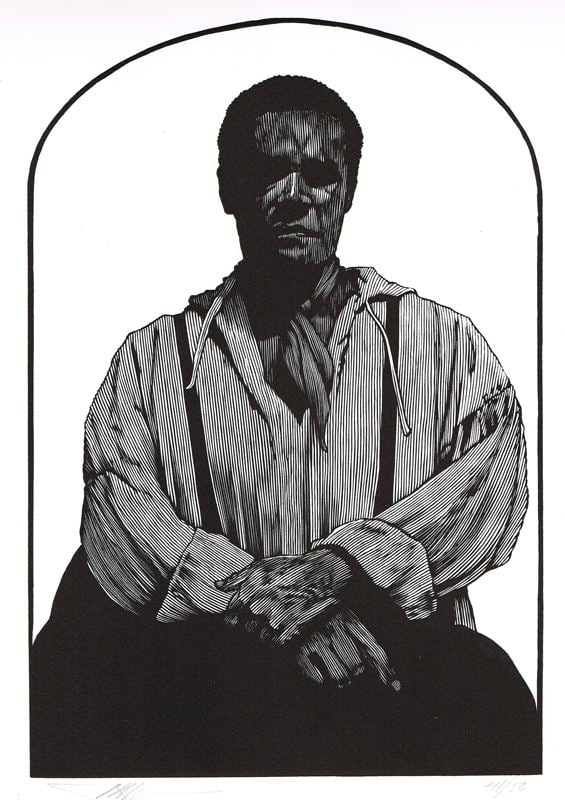 | ||
Family wife Sadie, daughter Elizabeth, son Johnny First appearance Adventures of Huckleberry Finn Last appearance Adventures of Huckleberry Finn Movies The Adventures of Huck Finn, Huckleberry Finn, Hopelessly Lost, Huck & the King of Hearts Played by Courtney B Vance, Paul Winfield, Jacky Ido, Graham Greene, George H Reed Similar Huckleberry Finn, Tom Sawyer, Widow Douglas, Becky Thatcher, Injun Joe | ||
Jim is one of two major fictional characters in the classic novel Adventures of Huckleberry Finn by Mark Twain. The book chronicles his and Huckleberry's raft journey down the Mississippi River in the antebellum Southern United States. Jim is an adult black slave who has fled; "Huck," a 13-year-old white boy, joins him in spite of his own conventional understanding and the law.
Contents
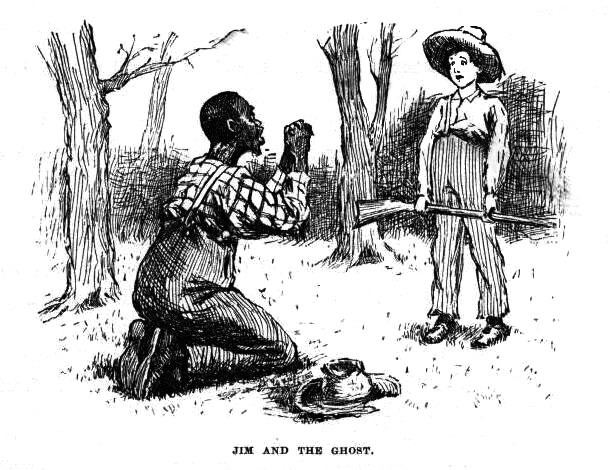
Character inspiration
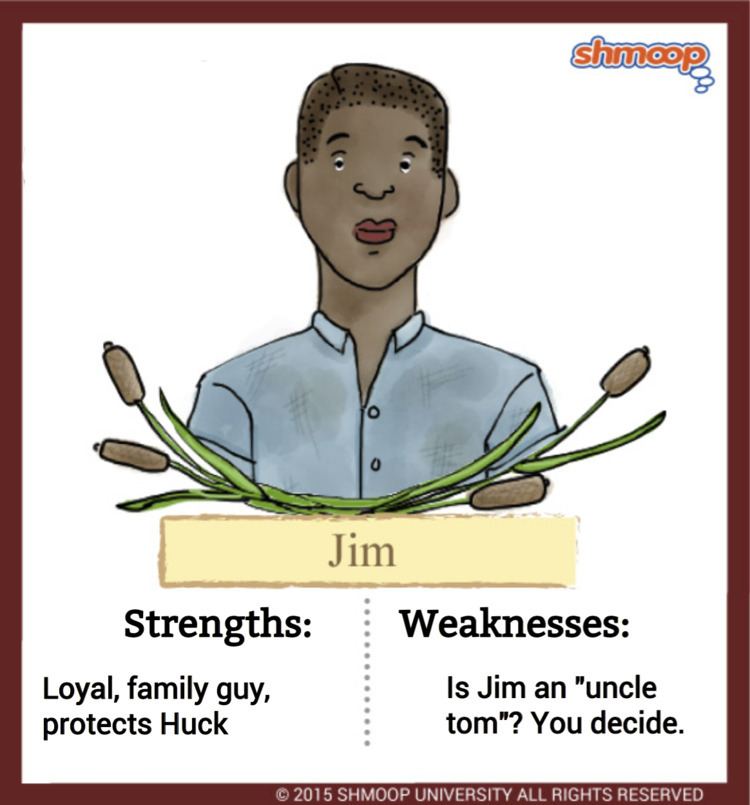
The character may have been modeled after one or more slaves, or on the "shrewd, wise, polite, always good-natured ..." formerly enslaved African-American George Griffin, whom Twain employed as a butler, starting around 1879, and treated as a confidant.
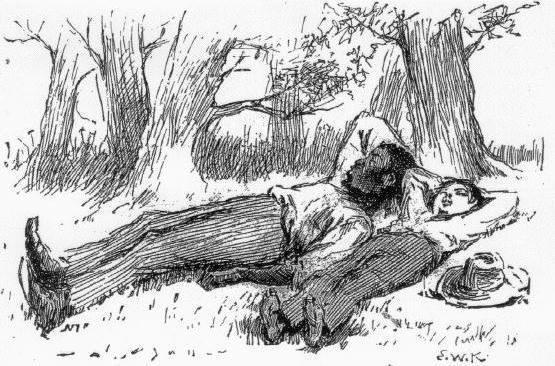
The author, Samuel Clemens, grew up in the presence of his parents' and other Hannibal, Missourians' slaves and listened to their stories; an uncle, too, was a slave owner.
Fictional biography

Jim's is one of the several spoken dialects called deliberate in a prefatory note. Academic studies include Lisa Cohen Minnick's 2004 Dialect and Dichotomy: Literary Representations of African American Speech and Raphaell Berthele's 2000 "Translating African-American Vernacular English into German: The problem of 'Jim' in Mark Twain's Huckleberry Finn.".
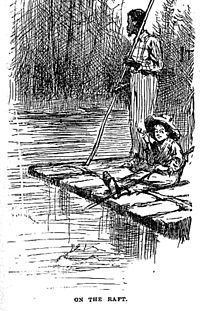
The character is introduced at the beginning of Chapter Two, seen at midnight by the two boys, Huck and Tom, standing silhouetted in the doorway of the outdoor detached kitchen. He hears them approach and inquires into the darkness; he states that he will wait to hear the sound repeated, and he sits at the doorway until he dozes, relieving the hidden narrator's tension indicated by an entire paragraph on an itch unscratched because of fear, of which Jim is unaware. He awakens from dreams of witches (see Richard Dorson's 1956 Negro Folktales in Michigan), and from a nickel left by the boys becomes a storyteller of regional fame, able to command pay for his tales, and in the concluding phrase, all but unfit to be a servant.
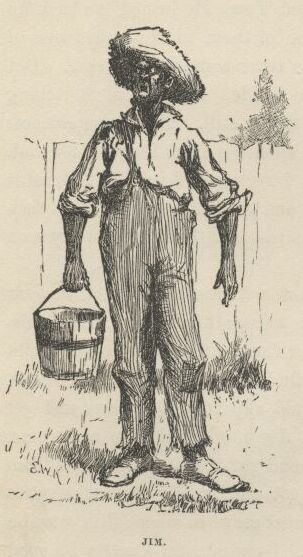
His character and perceptions dominate the novel and include spirituality, parental tenderness, and nonviolence: he leaves unmolested two rogues - Jim's term is "rascals" - who have taken over the raft despite their vulnerability as they sleep drunk.
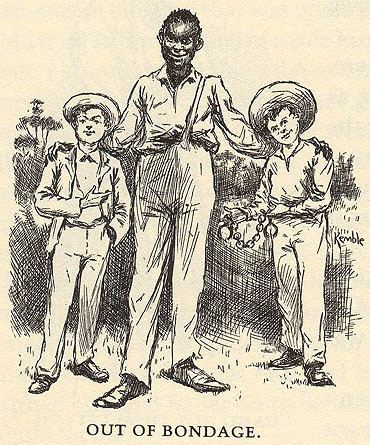
When the rogues sell Jim as an escaped slave, the character Tom Sawyer arrives. The older boy knows that Jim is a free man by this point, but uses the opportunity of Jim being imprisoned to act out prison escape fantasies from books he has read, refusing Huck's simpler plans that would free Jim easily, but without the drama Tom sought. When the plans do not work, Tom admits that he knew Jim was free the whole time, and the trio departs from the plantation.
Academic reception
As a study of two slaves escaping, Huckleberry Finn is largely sympathetic to the plight of escaped slaves and critical of the institution of slavery, According to Cliff Notes: "Jim’s logic, compassion, intelligence, and above all, his loyalty toward Huck, Tom, and his own family, establish him as a heroic figure."
However, beginning in the 20th century the novel was frequently criticized for depicting Jim as a stereotype, and Tom as an aggressor. According to Professor Stephen Railton of the University of Virginia, Twain was unable to fully rise above the stereotypes of black people that white readers of his era expected and enjoyed. Twain therefore resorted to minstrel show-style comedy to provide humor at Jim's expense, and ended up conforming to rather than challenging late-19th century racist stereotypes.
